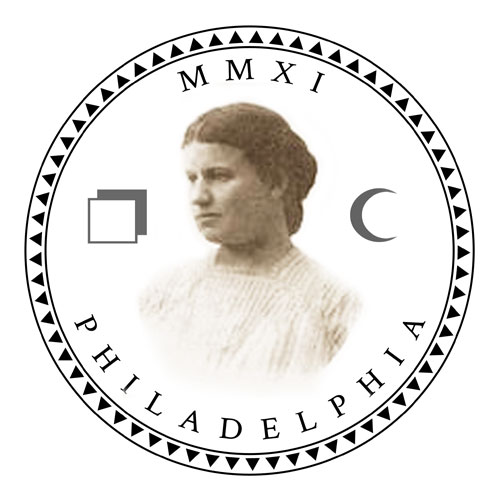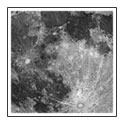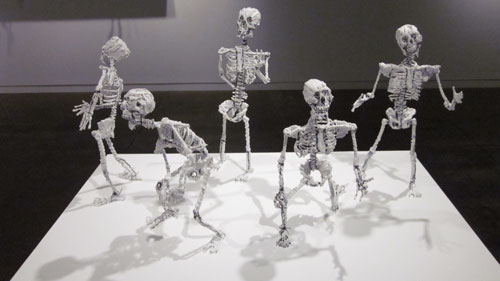
 |
| JULY THE EIGHTH -TWO THOUSAND ELEVEN |

 |
|
 |
|
REVIEW Introspective/Retrospective: Chris Corales, Joe Turner, and Christine Shields Posted: 7/8/11 “Introspective/Retrospective” at Fleisher Ollman, curated by Mission School member Chris Johanson (1) consists of the work of three artists, two commercially accomplished and one a lesser-known San Francisco native, all working with differing relationships to Folk art. The exhibition reads as three solo shows, rather than a carefully integrated group show, due to each artist’s distinctive style and the separation of their works in the gallery. It also seemingly lacks any cohesive idea, and Johanson himself admits in the hand-written text on the show flyer that the only quality shared by the three artists, aside from his having met all of them in San Francisco, is an “obsessive quality.” Which, arguably, is something intrinsic to any artistic practice. Christine Shields’ section of “Introspective/Retrospective” includes collages, and illustrations made from 2005 to 2011. The work here reminds me of that of her contemporaries, Margaret Kilgallen , who like Shields are inspired by graffiti and folk art and create work that limbos low-brow commercial art and high-brow street art. I’ve always had a hard time believing this work belongs in a gallery, and the display at Fleisher/Ollman did nothing to change my thoughts. Shields’ pictures look like they should be murals, wheat-pastings or children’s book pictures, but instead they are awkwardly framed and hung on the wall, denying their own humble, populist qualities for the sake of gallery conventions. A wall of portraits in blue, brown and white cel-vinyl arranged in a diamond shape was all of white men roughly the same age, and bore the title “Conspiracy of Beards” (Confusingly, they don’t all have beards). Each portrait has an Elizabeth Peyton feel of stylization and an inward-focused obsession with drawing, but without any of the self-reflective, ironic attitude. The portraits are dreadfully boring, especially compared to the verve and fantasy of Shields’ other works on display. Urban Outfitters and a whole generation of animal-print wearing, dream-catcher loving, neon-revivalist hipsters are indebted to works like “Hearts and Daggers,” “Tiger Mountain,” and “Snake Nurses.” It seems clear that this work is a precursor to, not follower of, these trends, if not in its chronology in its earnestness. I feel about some of these drawings (especially this one) the way I imagine you would feel about The Knife’s first album or your first tiger print tee—you wore them both out. But if you were smart, you bought the album on vinyl and kept the shirt, because you know trends are cyclical, and maybe someday you’ll be happy you have them. Chris Corales’ series of minimalist-looking collages made of discarded book and packing material evoke Ann Truitt’s playful geometries with their material transparency, simple gestures, and off-white/red/yellow/green/black color schema, while the titles (“Careful, We’re Smiling”, “Twice Fixed Yellow”) harken to Agnes Martin’s use of language to guide abstraction. In the sweetly unpretentious “We’ll Walk That Dark Road Together,” a faded manila envelope fills the background while black forms hug each other tightly in the fore. “You Could Have Loved That Yankee Girl Longer,” a faded paper collage on wood with white, black, and red stripes on one side and thicker blue and green stripes on the other, merges dada, minimalism and low-fi new folk art. The longer you spend with the work the more some of the shapes become characters or keepsakes from past relationships, echoing greeting cards or comic books. Some of the titles infuse the work with intimacy, where others aren’t as earnest. “East/West Bank Kiosk,” a vaguely desk-like collage, acts as a sarcastically hopeful homage to what could be, a simple resolution to an epic problem. The work is at its best when it breaks away from images of dressers, desks, and drawers rendered in all white, and relies instead on layered cardboard, colorful papers, and a more strictly abstract style harnessing the humor and poetry present elsewhere. Corales’ work starts to look dull in the northwest end of the gallery where the formal and material efforts become unconvincingly ascetic.  PHOTO: Emily rooney Skeletons Joe Turner Sprinkled in three different sections of the main gallery is Joe Turner’s work, comprised of figurines of movie characters, skeletons, dragons, and demons made out of twist-ties and pipe cleaners. It’s impossible for me to judge these works in the same light as the other two artists’ in the show due to the fact that I was unlucky enough to view the pageant of Turner’s presence at the opening. Tall, in all black, with an over-grown priest-like haircut and speaking with a slight slur, Turner might have sounded like your average slightly- intoxicated artist at his opening. But he wasn’t. He stuck out. At one point, he put on one of his masks made of twist ties and pipe cleaners, and walked around the gallery amidst gawking and laughing bystanders taking his picture and whispering to their friends in disbelief. Patronizing chatter filled the room. Turner’s sculptures are as interesting as the phantasms of a schizophrenic, which is exactly how the viewership was treating him. With “Introspective/Retrospective” Johanson asked a lot of his audience. He asked them (or should have) to control the most basic human reaction to ignorance and fear: laughter. Lacking adequate contextualization for his work all these people could do is laugh. Introspective/Retrospective: Chris Corales, Joe Turner, and Christine Shields |
| ||||||||||||||||||||||||||||||||